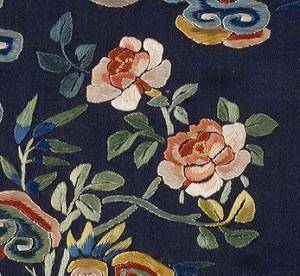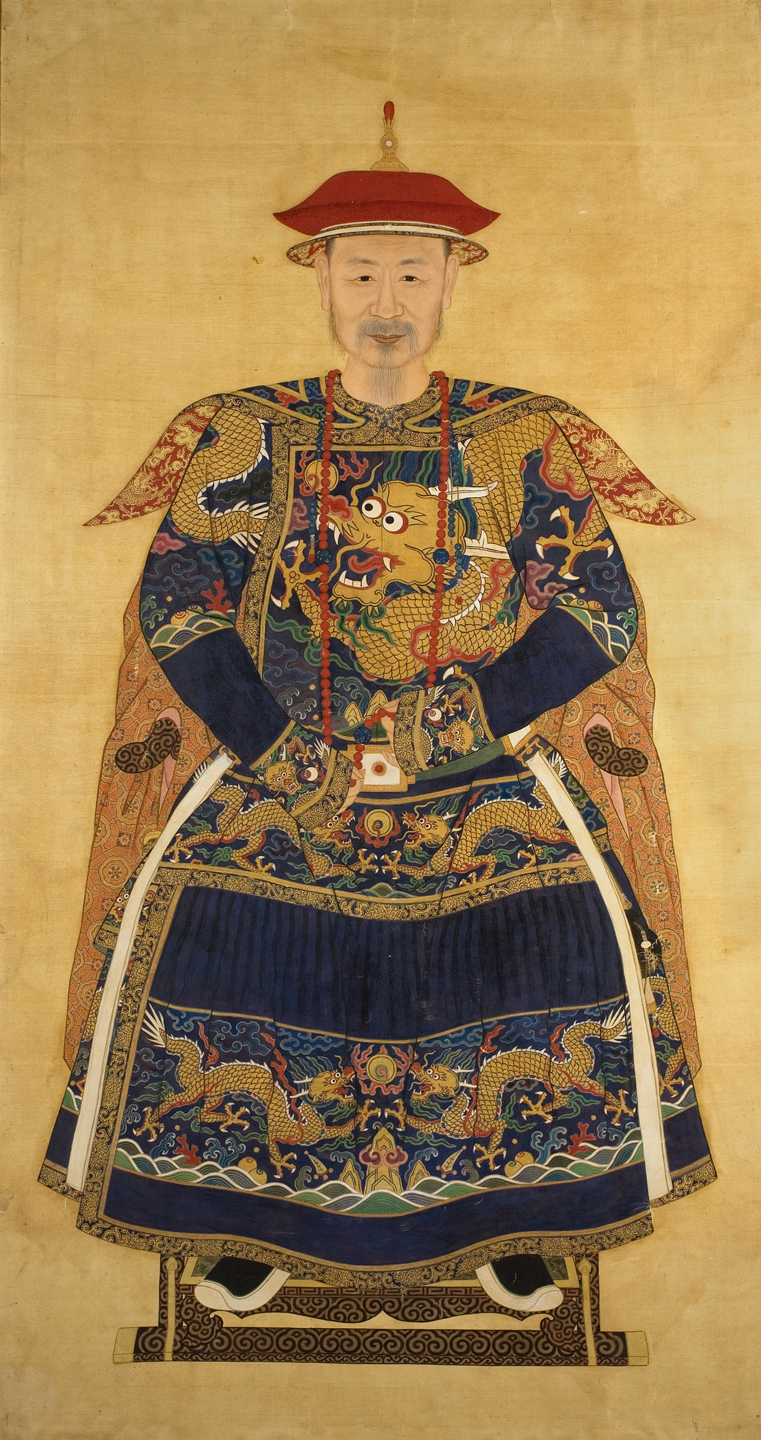
Instructions:
- During circle time or another daily routine, pass out a detailed image of an artwork.
- Get children excited about seeing the larger image as a big reveal.
- Once you show the image, direct them to find the detail with language like, "Where do you see the blue curvy shapes we examined?"
- Ask them to describe the image and use a large sheet of paper or board to list the brainstorm ideas.
- An adult may have to offer guiding questions to encourage more descriptions
- Using a separate paper or space on the board, ask children to describe the larger image. Encourage them to locate the original detail in the larger image.
TIP: Be mindful of the imaginations of young children at work as you reveal the larger image. Their life experiences will tend to take the group brainstorm in one direction. However, the goal of this project is to broaden their vocabularies and art experiences.

Guiding Questions
- What do you think this could be?
- What do you see that makes you say that?
- How many different shades of the same color do you see?
- What else could this be?
TIP: Be mindful of the imaginations of young children at work as you reveal the larger image. Their life experiences will tend to take the group brainstorm in one direction. However, the goal of this project is to broaden their vocabularies and art experiences.
Related Creative Activities
Ten Times Two

A Portrait of One’s Own
After spending time exploring aspects of the Ancestor Portrait and the importance of ancestor portraits in the Chinese tradition, students will create an ancestor portrait using mixed media materials and present it to the class.

Combining Human and Animal Forms
Students will use visual observation skills to carefully examine the Assyrian Bird-Headed Deity limestone relief and explore the movement, sounds, and traits of different animals. They will first explore these aspects in humans and birds of prey, as seen in the limestone relief, and will then do the same with “animals” they create from two or more animals. This lesson enables children to draw upon previous knowledge and imagination in order to act out the movement, sounds, and other traits of the animals they create.

If You Give a Man a Horse
Students will read the book If You Give a Mouse a Cookie by Laura Numeroff, explore Charles Deas’ painting Long Jakes, and exercise their imaginations to create their own cause-and-effect story.

Let’s Make a Story
This lesson allows students to use their imaginations to identify, explore, and express their understanding of Sandy Skoglund’s Fox Games. They will discuss the imagery as a class and create a group story with each student contributing one sentence about the foxes in the installation.

Designing a Dish
Students will locate different symbols on the Chinese Dish with Eight Buddhist Emblems, then choose three of their favorite symbols to create on their own paper plate dishes.
